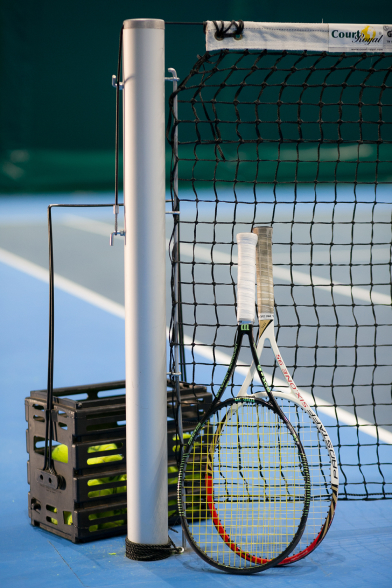If you interview outstanding athletes (G.O.A.T.) from different sports who have been in the TOP for more than one year, then the answer to the question: “What does it take to become as great as YOU?” will be: “You need to eat well, train well And of course, DON’T BE LAZY.
In the world of sports, sports methods aimed at developing the reserve capabilities of athletes have long been used. In simple terms, this is a manifestation of the capabilities of the athlete’s body, thanks to which incredible victories, unexpected take-offs, as well as outstanding moments in the history of sports are achieved. This concept has also been associated with such concepts as “creating an excellent foundation”, “high level of health”, “good immunity”, “superior genetics” and my favorite “THIS is a talent”.
This is not an abstract theoretical concept, but quite real figures related to the practice of sports, with which you can and should work. From my experience, I have noticed that the creation of reserve opportunities is a priority for tennis players.
I will try to explain in simple terms for people this difficult physiological mechanism. To begin with, different physiological mechanisms are responsible for the activity and inhibition of the body. Some activate (sympathetic nervous system), others inhibit (parasympathetic nervous system).
Now an example. When you start to do exercises, your predominantly sympathetic nervous system is activated. When you have finished your workout, your parasympathetic nervous system is predominantly activated. Competitive activity in tennis has an interval character. Active play is replaced by passive recovery. And so the whole match! 200-300 draws (Svetova A.O.). Therefore, such physiological adaptive mechanisms as high efficiency and high mobility of functional systems are predominant for tennis players.

This is a very important point, which is not often found in the literature, but has long been used in the sport of the highest achievements by well-known coaches. When a player does not affect his reserve capabilities, he conducts competitive activity confidently, without “ups and downs”, and when he does, the body goes into deep fatigue and during the recovery period, the processes of restoring the cardio-respiratory system, as well as psychophysiological reactions that activate the parasympathetic nervous system, which entails inhibition of the central and peripheral systems. That is, the athlete “falls out” of the game. But the game continues on. The player’s motivation to win creates an effort of will, which forces him to overcome the recovery mechanisms, activating the parts of the nervous system. And so there is a “roller coaster” effect, very cool won, mediocre lost.
What follows from this, by increasing the “reserves” of tennis players, you give athletes the opportunity to play a match or an entire tournament, or even a whole season in their “combat” state, at their peak, in an active state and with a “cold” head. What is not so little, tell me?
Tips:
- Watch the game of your athletes, if you find the first signs, then change the competitive and training plan;
- Monitor key biomedical parameters;
- Use restorative measures.